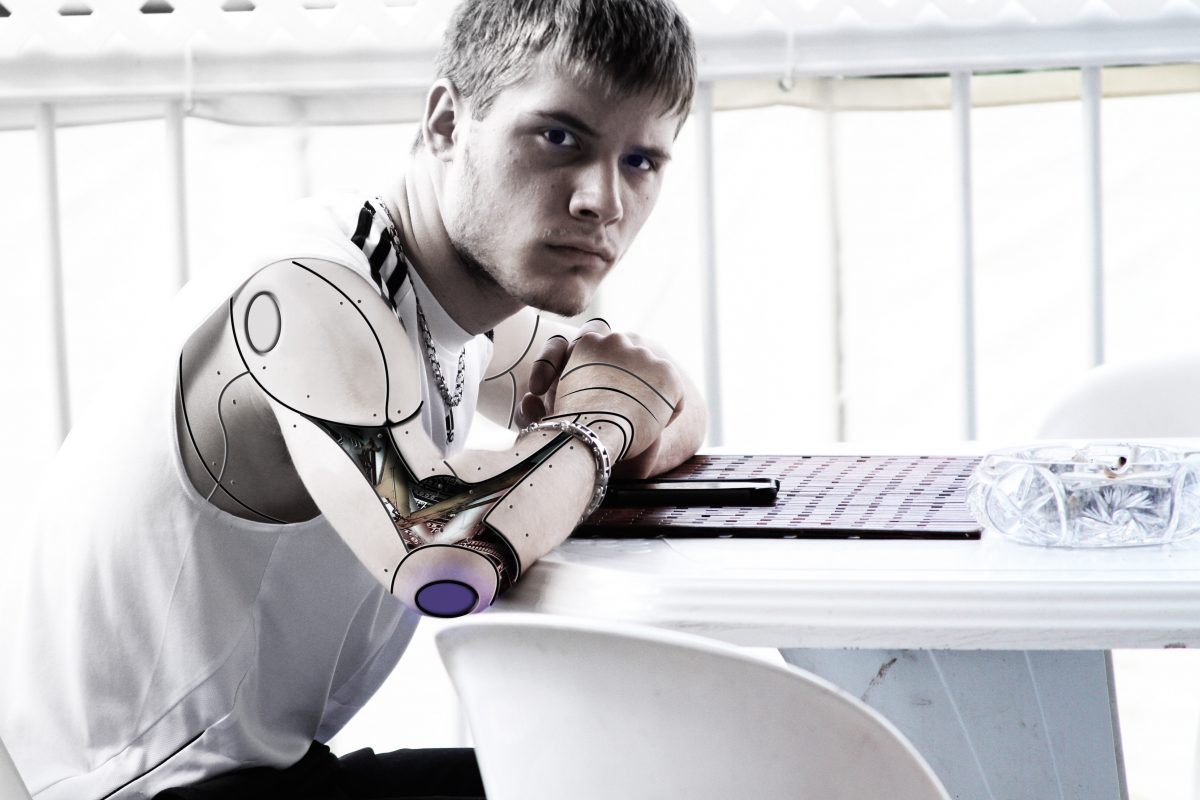We are on the cusp of a massive shift in how technology impacts the way we live, work, and play. Big business disruption is coming, and at the heart of it will be virtual reality (VR) and artificial intelligence (AI).
Artificial intelligence, a term coined by Stanford researcher John McCarthy in 1956, is the science and engineering of making intelligent computer programs and machines that are capable of learning; essentially reaching and exceeding human levels of intelligence.
Some researchers wish to build systems that think in exactly the same way that humans do. Others want to achieve AI without worrying about if the computation mirrors that of human thought. And the final group find themselves somewhere in-between. They use human reasoning as a model to design systems, but their final target is not to imitate humans.
Those who wish to simulate human reasoning fall into a category called ‘strong AI’. There is yet to be a model designed that meets the criteria of strong AI, which aims to not only build a system that mirrors human intelligence, but also explains how humans think. The key is, an AI system does not need to work in exactly the same way as we do in order to be considered ‘artificial intelligence.’ Rather, it just needs to be smart.
Virtual reality will essentially force us to change our perspective (both figuratively and literally) with regards to how we engage with particular industries and activities. It will likely grow into a technological necessity, helping to eliminate inefficiencies across a number of areas, all while improving the way in which information is delivered and consumed.
Healthcare and education will undoubtedly see a real game changing benefit, allowing medical students to undertake risk-free surgical training, or students to learn remotely in an immersive and meaningful digital environment. And of course, there will be the many obvious entertainment applications. So, for all of this to just work, VR will need the support of something that can bring these complex systems together.
When VR challenges and transforms industries, AI will be there by its side to help smooth the way. It will serve to act as the foundation upon which the virtual environment will exist. When VR and AI are combined, they will make the adoption of this new tech more straightforward, helping to bind and present contextual data in order to open up channels for healthcare, education, business, and entertainment.
Of our five senses, Head Mounted Displays (HMDs) handle vision, a solid pair of 3D headphones handle sound; Oculus touch and others are working on haptic and touch, next up is smell and taste. But beyond our five senses which create the feeling of physical “presence” in a virtual space, is the “immersion” of having a real experience, experiencing the unexpected and having the opportunity to create very real memories. As opposed to playing a pre-programmed “AI” game experience, natural social interaction is the key to this.
We’re incredibly excited to experience the confluence of VR & AI as it develops to become some of the most real experiences we may have, yet. Yes it will happen in a headset, and yes it will be very real.

